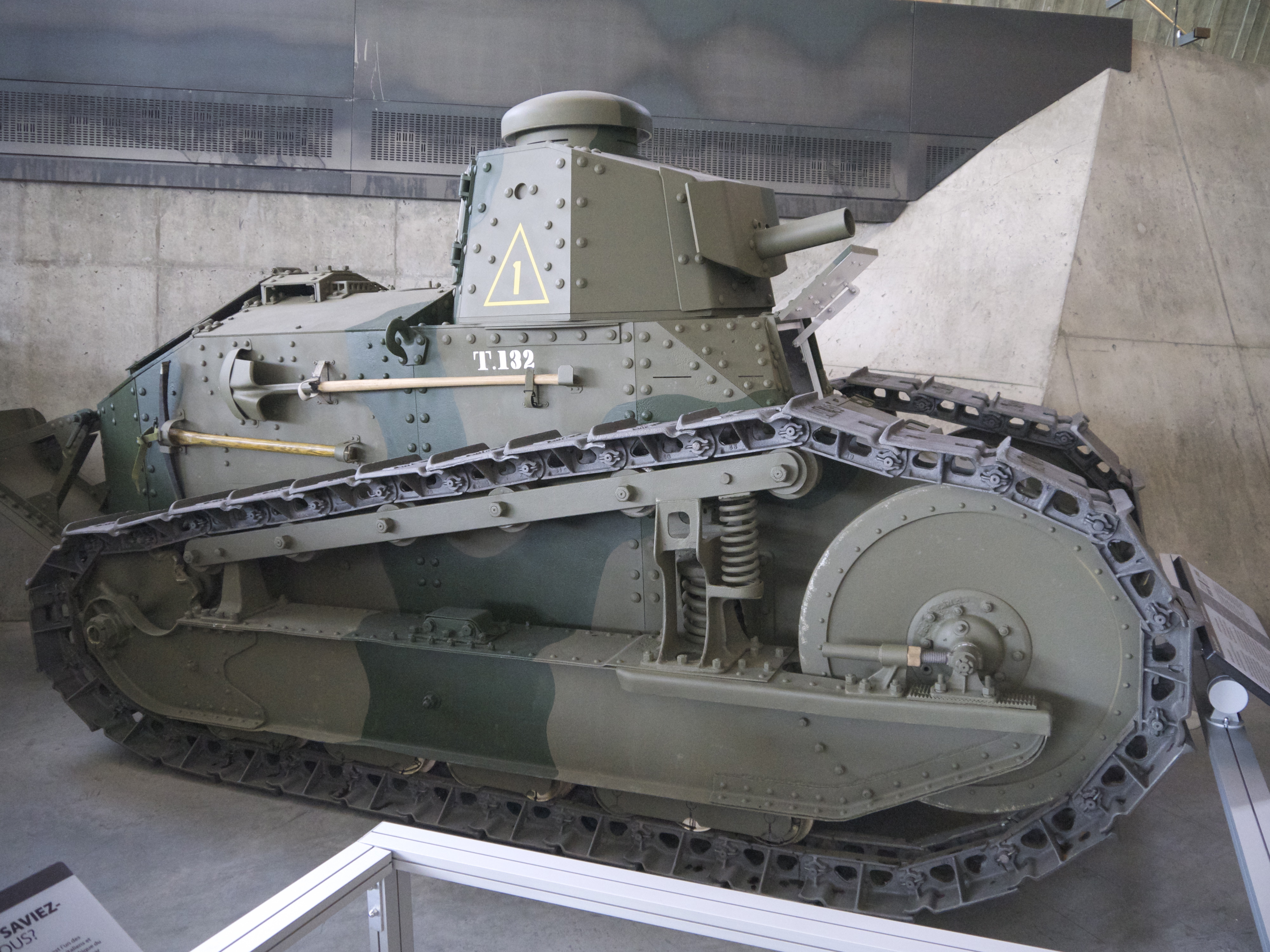What version did Patton use in WW1?
If there is one I would like to do it will be that one.
The US Army's first FT-17's were all French built, with the cast Girod turrets and 37mm cannon. The first US built FT-17's (6 Ton M1917 Light Tank) with the riveted turret and US equipment arrived in France 20 Nov 1918.
Differences between the M1917 and the Renault FT.
Externally
1. The exhaust is on the left hand side instead of on the right
2. New mantlet for the machine-gun or 37mm cannon is replaced with a new design.
3. All-steel idler wheels replaced the steel-rimmed wooden ones on the FT
4. Additional vision slits are added to aid the driver .
5. All M1917s have a polygonal turret.
6. The frontal armour below the turret was also slightly modified.
Internally
1. A fire-screen bulkhead is installed separating the crew from the engine compartment.
2. The Renault engine is replaced with a 4-cylinder 42-horsepower Buda engine.
3. The engine is fitted with an improved pressurized water cooling system.
4. An internal crank coupler is installed within the crew compartment so that the engine could be crank-started without leaving the tank.
5. The vision slits for the driver were sited approx 2 in higher to accommodate taller US tankers.
Canadian Army M1917
Cheers,
Rich

.jpg)
.jpg)
.jpg)
.jpg)
